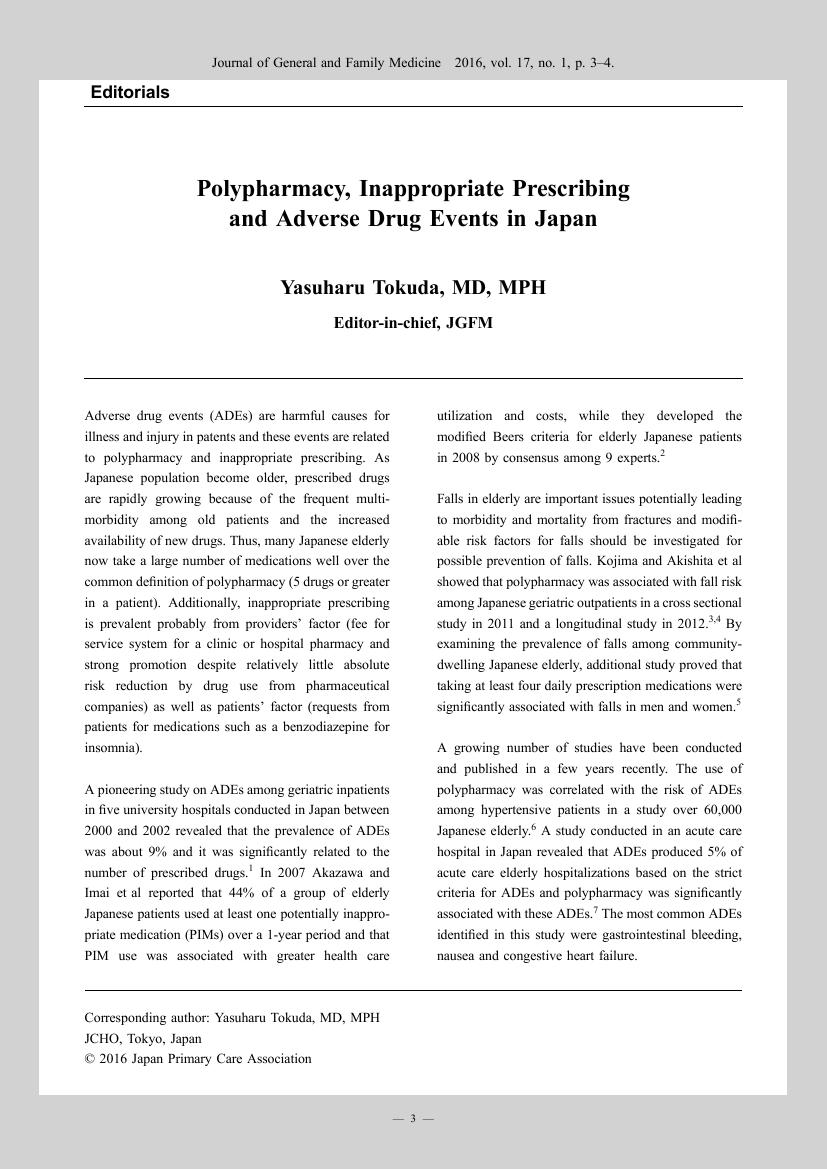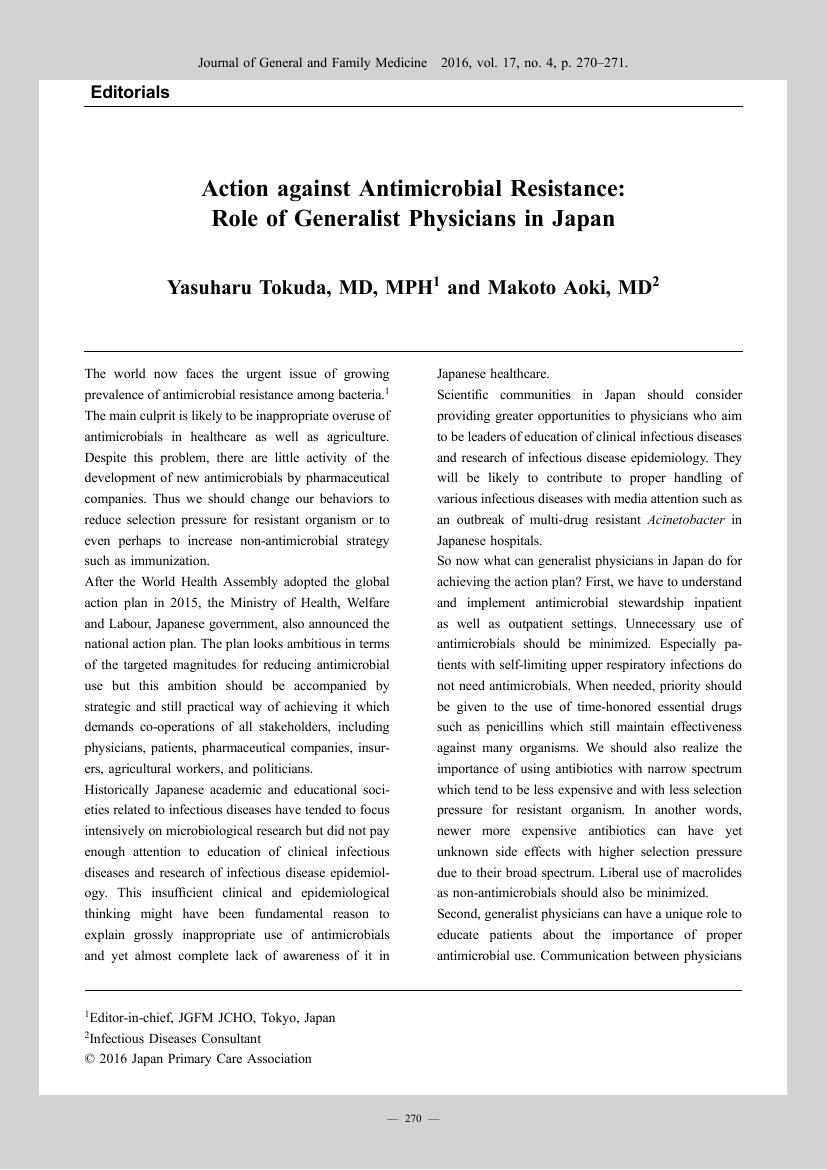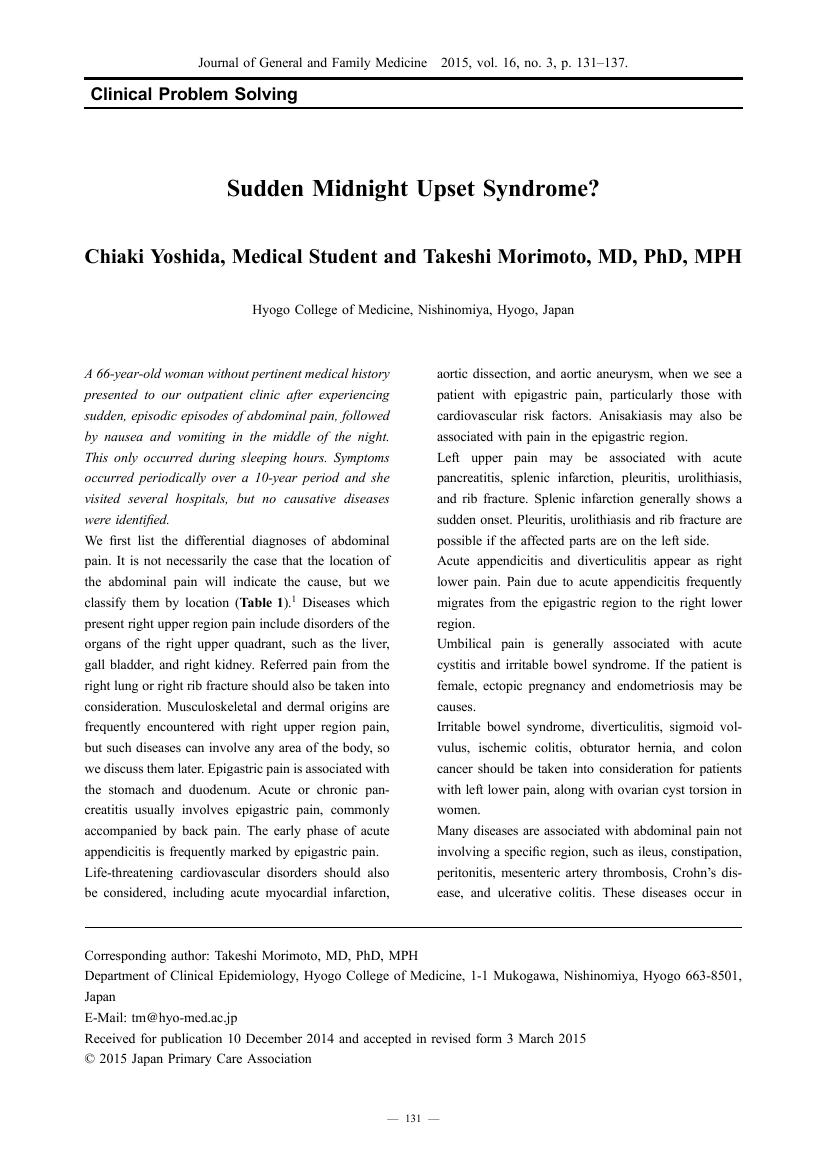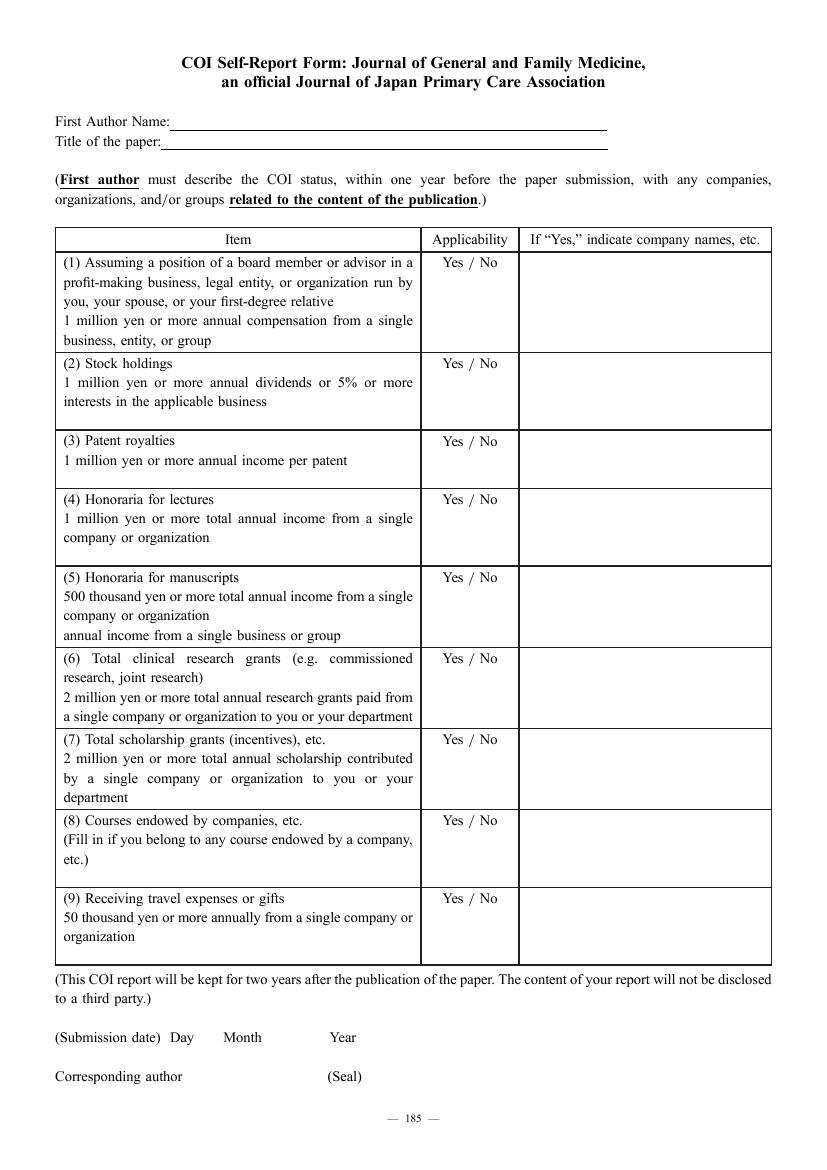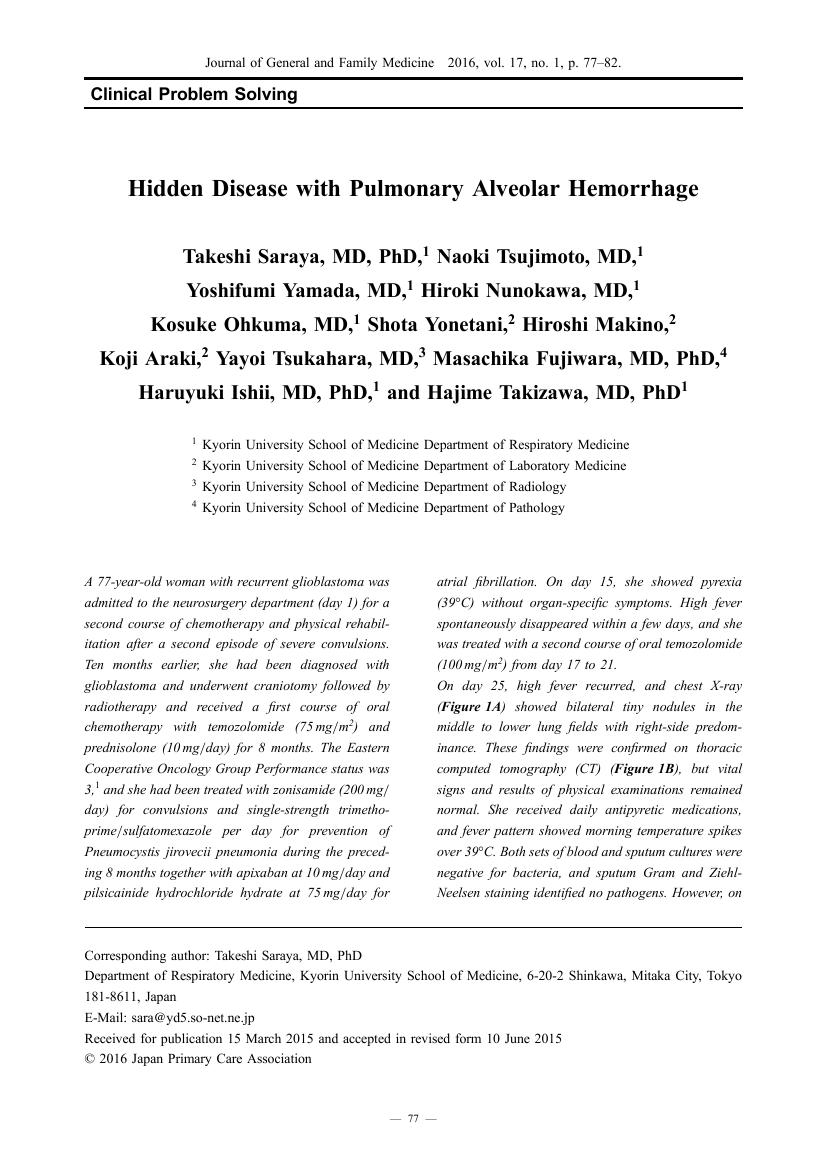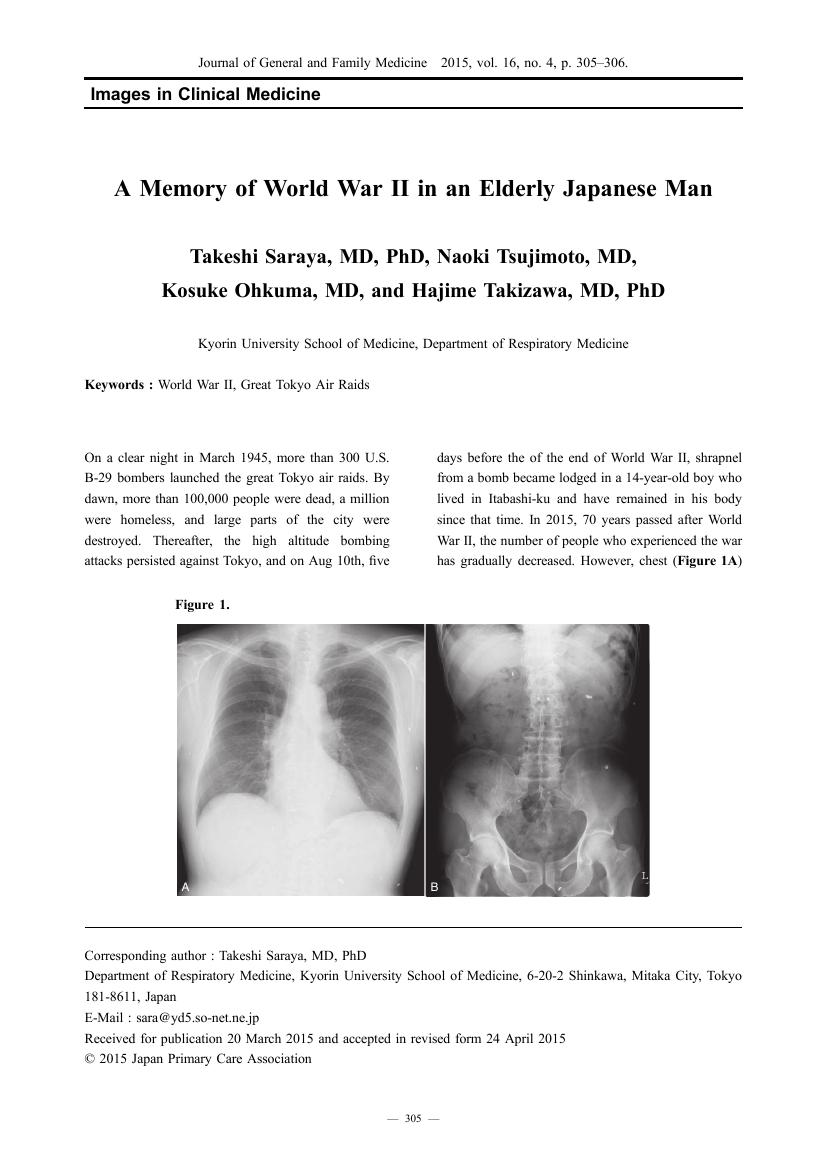- 著者
- Hiroshi Noto Atsushi Goto Tetsuro Tsujimoto Mitsuhiko Noda
- 出版者
- Japan Primary Care Association
- 雑誌
- Journal of General and Family Medicine (ISSN:21896577)
- 巻号頁・発行日
- vol.17, no.1, pp.60-70, 2016-03-18 (Released:2016-03-25)
- 参考文献数
- 51
- 被引用文献数
- 10
Objective: Low-carbohydrate diets have favorable short-term effects on body weight and risk factors for cardiovascular disease. However, they are potentially associated with an increased long-term risk of mortality. Our objective was to elucidate their effects on the incidence of diabetes.Methods: Several databases (MEDLINE, EMBASE, ISI Web of Science, Cochrane Library, and ClinicalTrials.gov) were searched for relevant articles that were published prior to May 2015. Cohort studies with a follow-up period of at least one year were included. Identified articles were systematically reviewed, and those with pertinent data were selected for inclusion in a meta-analysis. The pooled risk ratio (RR) with 95% confidence interval (CI) for the incidence of diabetes was calculated using the random-effects model with inverse-variance weighting.Results: We included 13 studies in a systematic review, followed by a meta-analysis using pertinent data. Among the 440,669 people that were included in 11 cohort studies, 27,887 (6.3%) cases of diabetes were documented. The risk of incident diabetes among individuals with a low-carbohydrate diet was not significantly different from that of individuals with a high-carbohydrate diet: the pooled RR was 1.03 (95% CI, 0.91–1.16).Conclusion: Low-carbohydrate diets did not show any benefit on the risk of diabetes. However, this analysis is based on limited observational studies, and large-scale trials examining the complex interactions between low-carbohydrate diets and long-term outcomes are needed.
- 著者
- Kenta Sato
- 出版者
- 日本プライマリ・ケア連合学会
- 雑誌
- Journal of General and Family Medicine (ISSN:21896577)
- 巻号頁・発行日
- vol.17, no.1, pp.90-98, 2016-03-18 (Released:2016-03-25)
- 参考文献数
- 10
- 被引用文献数
- 7
Background: Among the elderly, the rate of complications resulting from malnutrition is high. A mini nutritional assessment short-form (MNA-SF) was confirmed overseas to identify malnutrition and predict clinical outcomes. This study aimed to evaluate the MNA-SF usefulness in Japanese small-sized hospital.Methods: This was a prospective cohort study conducted on hospitalized patients at small-sized hospital, Department of General Internal Medicine which has 30 beds. All consecutive hospitalized patients for 4 months were included. A MNA-SF assessment on admission was implemented as exposure factor. Primary outcomes included death and complications such as infectious disease, organ failure, delirium, falls, diagnosis of malignancy and poor oral intake. Secondary outcomes including days of hospitalization and discharge rate back to home were also measured.Results: 177 patients were analyzed with the MNA-SF assessment. Twenty-three (13%) patients were “normal nutritional status”, 64 (36%) were “at risk” and 90 (51%) were “malnourished”. The mortality rate was 0, 1.4 and 6.9 cases/1000 person-day (incidence ratio 4.9 times), respectively. The complications incidence rate was 0, 18 and 30.1 cases/1000 person-day (incidence ratio 1.7 times), respectively. The number of days in hospital were 11.1, 14.0 and 21.6 days (p < 0.01), respectively. The discharge to home rate was 90.4, 84.4 and 53.3% (p < 0.01), respectively.Conclusions: Among all patients on a Japanese general medicine ward, those with poor nourishment assessed by the MNA-SF showed a high death rate and complication incidence rate. And they are also proved to be difficult to early discharge from the hospital back to the patient’s homes.
- 著者
- Kenichiro Yaita Hideki Ohshima Makiko Hayashi Masayuki Nakamura Shin-ichiro Ueda Yoshiro Sakai Kenji Masunaga Koichi Ohshima Hiroshi Watanabe
- 出版者
- 日本プライマリ・ケア連合学会
- 雑誌
- Journal of General and Family Medicine (ISSN:21896577)
- 巻号頁・発行日
- vol.17, no.2, pp.176-178, 2016-06-18 (Released:2016-06-18)
- 参考文献数
- 7
- 著者
- Yasuharu Tokuda
- 出版者
- 日本プライマリ・ケア連合学会
- 雑誌
- Journal of General and Family Medicine (ISSN:21896577)
- 巻号頁・発行日
- vol.17, no.1, pp.3-4, 2016-03-18 (Released:2016-03-25)
- 参考文献数
- 11
- 被引用文献数
- 4
- 著者
- Kenzo Tanaka Koichiro Gibo Hiroko Watase Masaki Oohashi Carlos A. Camargo Kohei Hasegawa on behalf of the Japanese Emergency Medicine Network Investigators
- 出版者
- 日本プライマリ・ケア連合学会
- 雑誌
- Journal of General and Family Medicine (ISSN:21896577)
- 巻号頁・発行日
- vol.16, no.4, pp.281-287, 2015-12-20 (Released:2015-12-25)
- 参考文献数
- 14
Background: Little is known about the extent that acute asthma is inappropriately treated with antibiotics in Japanese emergency departments (EDs).Objectives: We examined the proportion and predictors of inappropriate antibiotic use for adults with acute asthma in the Japanese EDs.Methods: We conducted a chart review study in 23 Japanese EDs. Subjects were ED patients aged 18 to 54 years with acute asthma between 2009 and 2011. To examine predictors of inappropriate antibiotic use, we performed multi-level logistic regression analysis at both the patient- and ED-level modeling EDs as a random variable.Results: Among 1380 patients in the overall study, the analytic cohort comprised 1311 patients. Overall, antibiotics were inappropriately prescribed for 4.4% (95% confidence interval [CI], 3.4%–5.7%). In the multi-level logistic regression analysis, higher annual ED asthma visit volume was significantly associated with a lower proportion of inappropriate antibiotic use (odds ratio per 100-visit increase, 0.3 ; 95%CI, 0.2–0.6).Conclusions: In this large multicenter study in Japan, we found that approximately 4% of ED patients with acute asthma were inappropriately treated with antibiotics. We also demonstrated that the inappropriate use of antibiotics largely differed across the EDs and was less common in EDs with a more annual ED asthma visits. Organized knowledge translation initiatives are warranted to address this gap in emergency asthma care.
- 著者
- Yasuharu Tokuda Makoto Aoki
- 出版者
- 日本プライマリ・ケア連合学会
- 雑誌
- Journal of General and Family Medicine (ISSN:21896577)
- 巻号頁・発行日
- vol.17, no.4, pp.270-271, 2016-12-18 (Released:2016-12-27)
- 参考文献数
- 1
1 0 0 0 OA Sudden Midnight Upset Syndrome?
- 著者
- Chiaki Yoshida Takeshi Morimoto
- 出版者
- Japan Primary Care Association
- 雑誌
- Journal of General and Family Medicine (ISSN:21896577)
- 巻号頁・発行日
- vol.16, no.3, pp.131-137, 2015-09-20 (Released:2015-10-30)
- 参考文献数
- 5
- 出版者
- 日本プライマリ・ケア連合学会
- 雑誌
- Journal of General and Family Medicine (ISSN:21896577)
- 巻号頁・発行日
- vol.17, no.2, pp.185-185, 2016-06-18 (Released:2016-06-18)
- 著者
- Takeshi Saraya Naoki Tsujimoto Yoshifumi Yamada Hiroki Nunokawa Kosuke Ohkuma Shota Yonetani Hiroshi Makino Koji Araki Yayoi Tsukahara Masachika Fujiwara Haruyuki Ishii Hajime Takizawa
- 出版者
- 日本プライマリ・ケア連合学会
- 雑誌
- Journal of General and Family Medicine (ISSN:21896577)
- 巻号頁・発行日
- vol.17, no.1, pp.77-82, 2016-03-18 (Released:2016-03-25)
- 参考文献数
- 14
- 被引用文献数
- 1
- 著者
- Takuma Kimura Teruhiko Imanaga Makoto Matsuzaki Tohru Akahoshi
- 出版者
- 日本プライマリ・ケア連合学会
- 雑誌
- Journal of General and Family Medicine (ISSN:21896577)
- 巻号頁・発行日
- vol.16, no.4, pp.271-280, 2015-12-20 (Released:2015-12-25)
- 参考文献数
- 15
- 被引用文献数
- 1
Background: In home medical care settings, some patients’ families always attend provider visits, and others only do so when needed. The clinical background behind this difference is not well defined.Methods: A cross-sectional mail survey of families of Japanese patients who had previously received home medical care, asking whether the family had always been present the patient during home healthcare visits and their reasons. Survey results were analyzed with a multivariable adjusted logistic regression model based on the explanatory variables, for aspects related to the family’s attendance at provider visits.Results: Among the 271 families contacted, 190 families who finally met the selection criteria were divided into two groups : 155 families (81.6%) who had always been present with the patient ; and 35 families (18.4%) who had done so only when needed. Constant attendance by family members was significantly associated with the level of care required (odds ratio [OR] : 1.40, 95% confidence interval [CI] : 1.05–1.89, p = 0.02) and age of the primary caregiver (OR : 1.05, 95% CI : 1.02–1.09, p = 0.03). However, when the family had difficulty communicating with the provider owing to the patient’s presence, families tended not to be present during visits by providers (OR : 0.41, 95% CI : 0.17–1.02, p = 0.06).Conclusions: In home medical care settings, visiting healthcare providers should bear in mind that if the family is not always present with the patient, there is a possibility that the family is experiencing difficulty communicating with the provider owing to the patient’s presence.
- 著者
- Takeshi Saraya Naoki Tsujimoto Kosuke Ohkuma Hajime Takizawa
- 出版者
- 日本プライマリ・ケア連合学会
- 雑誌
- Journal of General and Family Medicine (ISSN:21896577)
- 巻号頁・発行日
- vol.16, no.4, pp.305-306, 2015-12-20 (Released:2015-12-25)
- 参考文献数
- 1
- 著者
- Yosuke Sasaki Satoru Manda Takahiro Sato Tadashi Maeda Taito Miyazaki Kazushige Nakanishi Yoshihisa Urita
- 出版者
- 日本プライマリ・ケア連合学会
- 雑誌
- Journal of General and Family Medicine (ISSN:21896577)
- 巻号頁・発行日
- vol.16, no.3, pp.204-207, 2015-09-20 (Released:2015-10-30)
- 参考文献数
- 15
- 被引用文献数
- 3
Chikungunya virus infection (CVI) typically manifests via a “two-phase” presentation: most patients develop acute fever and some patients subsequently develop arthralgia that can persist for years. Many patients visit clinics during the second phase, for relief of the arthralgia, but not during the acute febrile phase. We report a 25-year-old Japanese man infected with CVI in Jamaica who presented with chronic disabling peripheral-dominant symmetric polyarthralgia without fever, which affected the neck, knees, elbows, wrists, and fingers. Given the recent emergence of dengue fever in Japan, clinicians should consider CVI as a differential diagnosis of dengue fever when examining travelers complaining of persistent arthralgia, regardless of their countries of origin.

